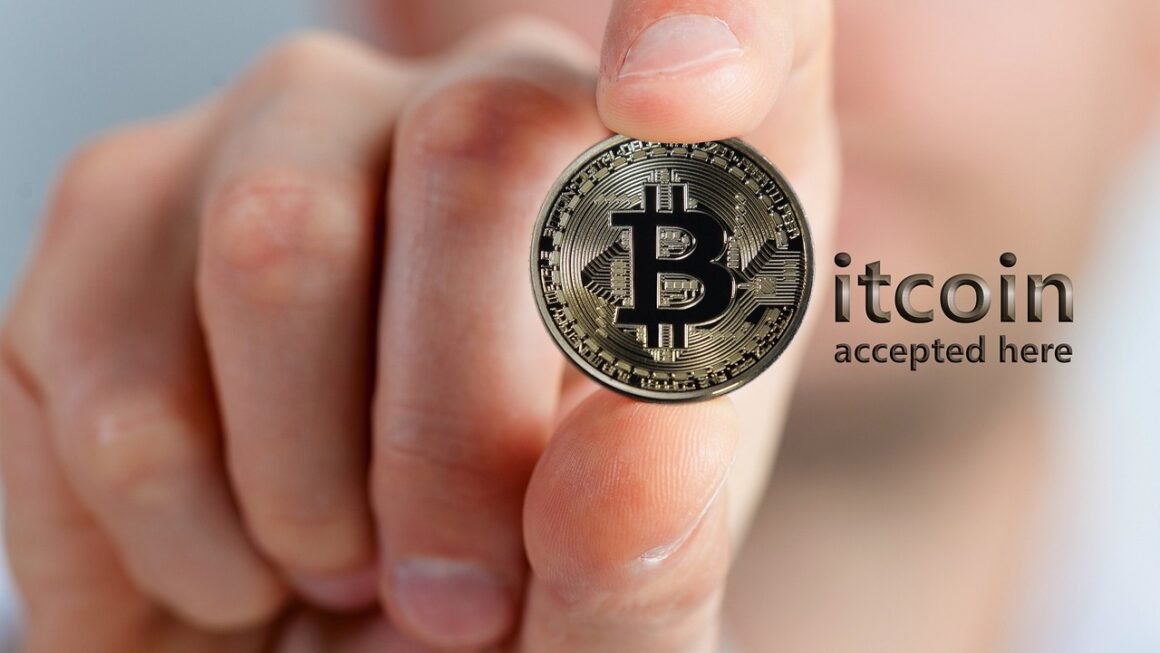Imagine owning a unique digital asset, a piece of art, a collectible, or even a virtual piece of real estate that no one else in the world can duplicate. This is the promise of Non-Fungible Tokens, or NFTs, a revolutionary technology reshaping digital ownership and the creative landscape. In this comprehensive guide, we’ll dive into the world of NFTs, exploring what they are, how they work, and their potential to transform various industries.
What are NFTs?
Understanding Fungibility
To grasp the concept of NFTs, it’s important to understand “fungibility.” A fungible item is interchangeable with another of the same kind. For example, one Bitcoin is equivalent to another Bitcoin; one dollar is equivalent to another dollar. NFTs, however, are non-fungible. Each NFT is unique and cannot be replaced by another. This uniqueness is what gives them value and utility.
Defining Non-Fungible Tokens
Non-Fungible Tokens (NFTs) are unique cryptographic tokens that exist on a blockchain. They represent a digital asset, such as:
- Digital art
- Music
- Video game items
- Virtual real estate
- Collectibles
- Domain names
Because they are stored on a blockchain, NFTs are verifiable and secure. This makes it easy to prove ownership and authenticity.
The Underlying Technology: Blockchain
The backbone of any NFT is the blockchain. The blockchain serves as a distributed ledger that records all transactions related to the NFT, ensuring transparency and immutability. Ethereum is the most popular blockchain for NFTs, but other blockchains like Solana, Tezos, and Flow are also gaining traction. The immutability of the blockchain means that once an NFT is created and its ownership is recorded, it cannot be altered or deleted, which adds a crucial layer of security and authenticity.
How NFTs Work
Minting NFTs
“Minting” is the process of creating a new NFT. This involves encoding information about the digital asset onto the blockchain. This information, along with a unique identifier, is permanently stored, creating the NFT. Popular platforms for minting NFTs include:
- OpenSea
- Rarible
- Mintable
The cost of minting an NFT depends on the blockchain’s transaction fees (often referred to as “gas fees”) and the platform being used.
Buying and Selling NFTs
NFTs are typically bought and sold on online marketplaces like OpenSea, Nifty Gateway, and SuperRare. These marketplaces allow creators to list their NFTs for sale, and buyers can browse and purchase them using cryptocurrency.
The process typically involves:
NFT Standards
Various NFT standards define the properties and functionalities of NFTs. The most common standard on the Ethereum blockchain is ERC-721. Other notable standards include:
- ERC-1155: Allows for the creation of both fungible and non-fungible tokens in the same contract, often used for in-game items.
- ERC-998: Enables composable NFTs, where one NFT can own other NFTs or ERC-20 tokens.
- Solana’s Metaplex: A protocol for NFTs on the Solana blockchain, focusing on scalability and low fees.
Use Cases of NFTs
Digital Art and Collectibles
NFTs have revolutionized the digital art world, providing artists with a way to monetize their work directly, bypassing traditional gatekeepers. Artists can create unique digital artworks and sell them as NFTs, retaining a larger share of the profits. This has led to the emergence of digital art as a legitimate art form, with NFTs fetching millions of dollars at auctions. Popular platforms include SuperRare, KnownOrigin, and Foundation.
Examples:
- Beeple’s “Everydays: The First 5000 Days” sold for $69 million.
- CryptoPunks, a collection of 10,000 unique pixelated characters, have become highly sought-after collectibles.
- Bored Ape Yacht Club, another collection of digital avatars, grants owners access to exclusive online communities and real-world events.
Gaming and Virtual Worlds
NFTs are transforming the gaming industry by allowing players to own in-game assets like weapons, characters, and land. These assets can be traded, sold, or used across different games, creating a more immersive and rewarding gaming experience. Virtual worlds like Decentraland and The Sandbox are built on NFTs, enabling users to buy, sell, and develop virtual land.
Examples:
- Axie Infinity, a play-to-earn game where players collect and battle with NFT creatures called Axies.
- Decentraland, a virtual world where users can buy, build, and monetize virtual land using NFTs.
- The Sandbox, a community-driven platform where creators can monetize voxel assets and gaming experiences using NFTs.
Music and Entertainment
NFTs are offering musicians and entertainers new ways to connect with their fans and monetize their work. Artists can release exclusive songs, albums, or merchandise as NFTs, giving fans the opportunity to own unique pieces of their favorite artists’ work. This can help artists generate revenue directly from their fans, bypassing traditional record labels and intermediaries.
Examples:
- Kings of Leon released their album “When You See Yourself” as an NFT.
- Grimes has sold digital art and music as NFTs for millions of dollars.
- Numerous artists are offering VIP experiences, exclusive content, and personalized interactions through NFT ownership.
Other Innovative Applications
Beyond art, gaming, and music, NFTs are being explored for a wide range of applications, including:
- Real Estate: Tokenizing properties and streamlining real estate transactions.
- Supply Chain Management: Tracking and verifying the authenticity of goods.
- Identity Verification: Securely storing and managing personal information.
- Ticketing: Preventing ticket fraud and creating a more transparent ticketing system.
- Domain Names: Decentralized domain name systems like ENS (Ethereum Name Service).
Risks and Considerations
Volatility and Speculation
The NFT market is highly volatile, and prices can fluctuate dramatically. Many NFTs are driven by speculation, and their value can rise and fall quickly based on market sentiment. It’s essential to research thoroughly and invest responsibly, understanding that the value of an NFT can decrease significantly.
Scams and Fraud
The NFT space is vulnerable to scams and fraud, including:
- Fake NFTs: Counterfeit NFTs that mimic legitimate projects.
- Rug Pulls: Projects where developers abandon the project after raising funds.
- Phishing Scams: Attempts to steal users’ private keys and wallet information.
It’s crucial to be cautious, verify the authenticity of NFTs, and protect your digital wallet.
Environmental Concerns
Some blockchains, like Ethereum (prior to its transition to Proof-of-Stake), have been criticized for their high energy consumption, which contributes to environmental concerns. While newer blockchains and Ethereum’s transition to Proof-of-Stake are addressing these issues, it’s important to be aware of the environmental impact of NFTs and support sustainable solutions.
Legal and Regulatory Uncertainty
The legal and regulatory landscape surrounding NFTs is still evolving. There is uncertainty about how NFTs will be classified under existing laws, and new regulations may be introduced in the future. It’s essential to stay informed about legal and regulatory developments and seek professional advice when necessary.
Conclusion
NFTs represent a paradigm shift in digital ownership and have the potential to transform various industries. While the NFT market is still evolving and presents certain risks, the underlying technology offers exciting opportunities for creators, collectors, and innovators. By understanding the basics of NFTs, exploring their use cases, and being mindful of the risks involved, you can navigate this exciting new frontier and unlock the potential of non-fungible tokens. As the technology matures and regulations become clearer, NFTs are poised to play an increasingly important role in the digital economy.



